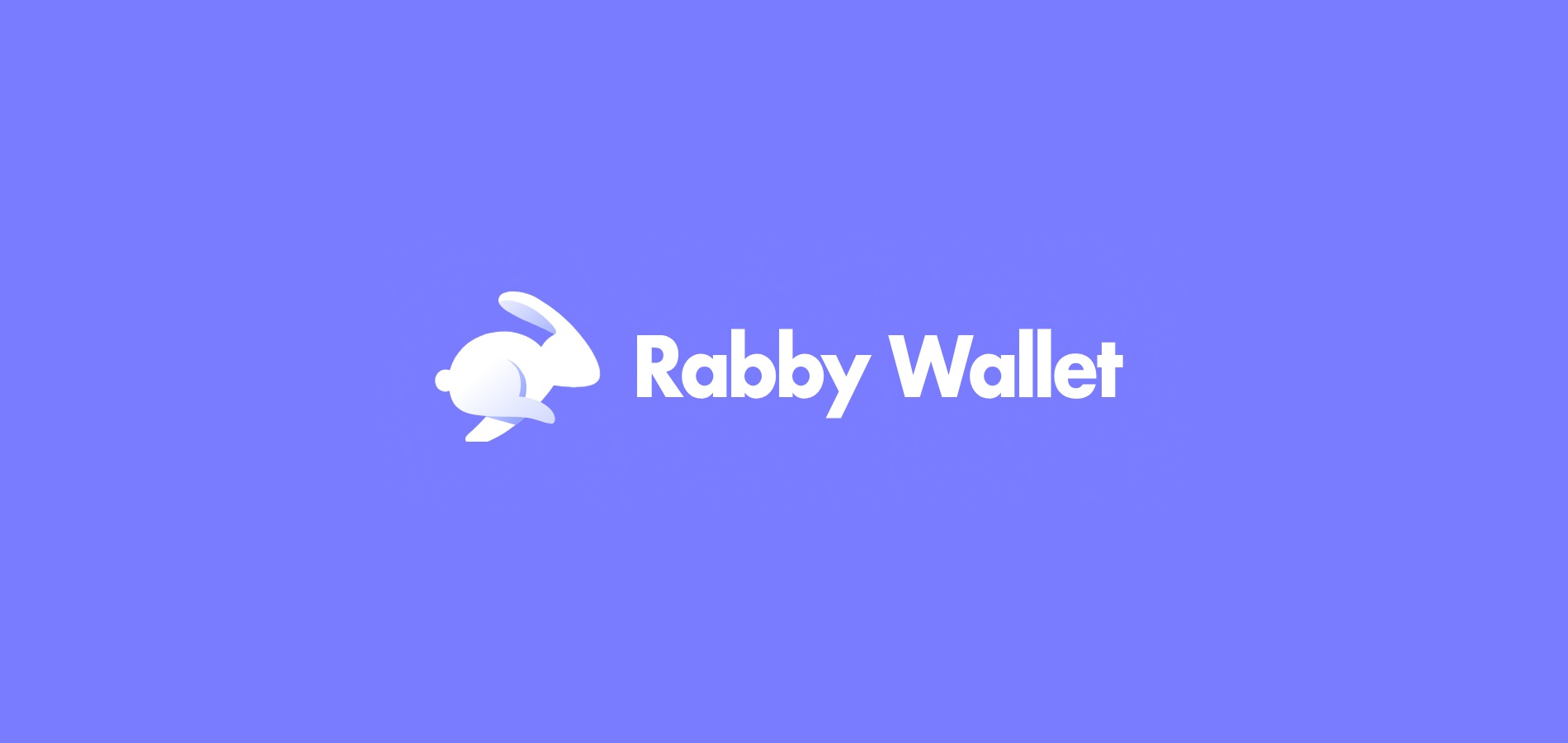Liquidity mining. Just hearing those words makes me think of a busy stock exchange floor but on the blockchain. Crazy, chaotic, and honestly kinda exhilarating. You jump in hoping to snag some juicy yields, but man, it’s a jungle out there—contracts everywhere, risk lurking in shadows, and wallets juggling multiple chains like circus performers. Seriously?
At first glance, liquidity mining looks like a no-brainer: you provide liquidity, earn rewards, and watch your crypto stack grow. But then again, the deeper I dove, the more I realized somethin’ felt off about how smooth this experience really is. The smart contracts are supposed to automate trust, yet interacting with them? It’s often like deciphering an alien language while blindfolded.
Here’s the thing. Most users rely on browser extensions to manage these multi-chain adventures, but the reality is, many wallets still feel clunky or limited when hopping between chains and protocols. It’s like having a Swiss Army knife missing half the tools. So, the question lingers: how do you actually get your hands dirty with liquidity mining safely and efficiently?
Oh, and by the way, if you haven’t peeked at rabby yet, you might be missing out on a smoother ride. But I’m getting ahead of myself…
Let me rewind a bit.
Liquidity mining isn’t exactly new, but the landscape has evolved fast. Initially, I thought it was just about staking tokens and collecting fees. But then I bumped into the reality of smart contract nuances—impermanent loss, gas fees, and the occasional buggy contract that could drain your funds before you blink.
On one hand, protocols advertise high APRs, tempting you to dive in headfirst. Though actually, when you factor in the transaction costs and risks, the net gains can be pretty modest or even negative. It’s a real mind-bender. Sometimes you ask yourself: “Is this really worth it?”
Why do so many brave this? My gut says it’s the thrill of DeFi’s promise and the buzz of being part of a decentralized revolution. But honestly, the complexity can be a real barrier.
Smart Contract Interaction: More Than Just Clicking “Approve”
Smart contracts are the backbone of liquidity mining. But interacting with them through your browser wallet can be tricky. You don’t just “click” to add liquidity; you’re signing transactions that execute code on the blockchain. One wrong step can be costly. Really.
At times, I felt like I was playing a game of Jenga, pulling on blocks without knowing which one would topple the whole stack. This is where a well-designed browser extension becomes crucial. That’s why I keep going back to rabby. It offers a more intuitive interface for multi-chain management, reducing those heart-stopping moments when you accidentally approve a sketchy contract.
Okay, so check this out—rabby’s ability to clearly display which contracts you’re interacting with and its multi-chain support means you’re less likely to get burned by phishing or bad actors. Honestly, in this space, that level of transparency is very very important.
But it’s not just about safety. It’s about fluidity. Switching between Ethereum, BSC, or Polygon without constantly swapping wallets or networks is a game-changer. I remember the days when I had to juggle two or three wallets just to participate in different yield farms. Now, with tools like rabby, it’s like having a single dashboard for all your multi-chain liquidity mining activities.
Still, one concern nags at me: even the best extensions can’t fully shield you from the inherent risks of smart contracts themselves. Bugs, exploits, or poorly audited code can still wreak havoc. So, while rabby helps manage interaction risks, it’s no magic bullet.
Liquidity Mining’s Wild Side: The Risk-Reward Tightrope
Liquidity mining feels a bit like walking a tightrope over a canyon. On the one side, you have those tantalizing rewards; on the other, the threat of impermanent loss or protocol failure. It’s a delicate balance.
Initially, I thought hopping into the highest APR pools was the best move—more rewards, right? But then I realized many of these pools are volatile or come with hidden risks. Sometimes, the token rewards’ value dives before you can cash out, wiping out your gains.
And gas fees? Man, they can be brutal, especially on Ethereum. One time, I tried to add liquidity during a congested period and paid more in fees than the rewards I was aiming for. Ouch.
That experience pushed me to explore layer-2 solutions and alternative chains where fees are lower. But that’s another challenge: managing multiple wallets or accounts across chains. Here again, having a browser extension that supports multi-chain seamlessly, like rabby, makes a huge difference. It’s like going from herding cats to managing a well-trained dog team.
Here’s a quick thought: the whole DeFi ecosystem still feels like the early days of the internet—full of promise but tangled in complexity. Wallets like rabby are part of the evolution, making the space more accessible without sacrificing control or security.

Why Browser Extensions Matter More Than Ever
Browser extensions are the front door to DeFi for most users. The better that door works, the fewer people get locked out or scammed. Rabby stands out because it understands the user’s perspective—not just tech specs but real-world usage.
For me, using rabby felt like switching from a clunky old car to a sleek ride. The interface is clean, the network switching is seamless, and it gives clear warnings about contract interactions. Plus, its open-source nature adds a layer of trust not all wallets have.
Still, I’m not 100% sure it’s perfect. There are occasional quirks, and some advanced features could be more intuitive. But hey, that’s the nature of fast-moving DeFi software. It’s improving fast, and the team behind rabby seems genuinely responsive.
One thing bugs me about many wallets is how they handle approvals. Too often, you end up giving unlimited token approvals without fully understanding the risk. Rabby makes this clearer, allowing more granular control, which is a breath of fresh air.
Honestly, if you’re serious about liquidity mining and smart contract interaction, giving rabby a try is worth it. It doesn’t solve all problems, but it certainly makes the ride less bumpy.
Wrapping It Up — Or Maybe Not
So, where does this leave us? Liquidity mining and smart contract interaction are thrilling but risky. Browser extensions like rabby don’t just make these tasks easier—they fundamentally change how safe and accessible DeFi can be.
Initially, I was skeptical about yet another wallet extension. But after using rabby across multiple chains and protocols, my perspective shifted. It’s not just a tool; it’s a companion for navigating the wild west of DeFi.
Still, questions remain. How will wallets evolve as DeFi scales? Can they keep pace with increasingly complex smart contracts? I don’t have all the answers, but I’m excited to see where this goes—and I’ll keep sharing what I learn along the way.
Meanwhile, if you haven’t checked out rabby, give it a spin. It might just save you from a headache or two.



















 - Entries
- Entries